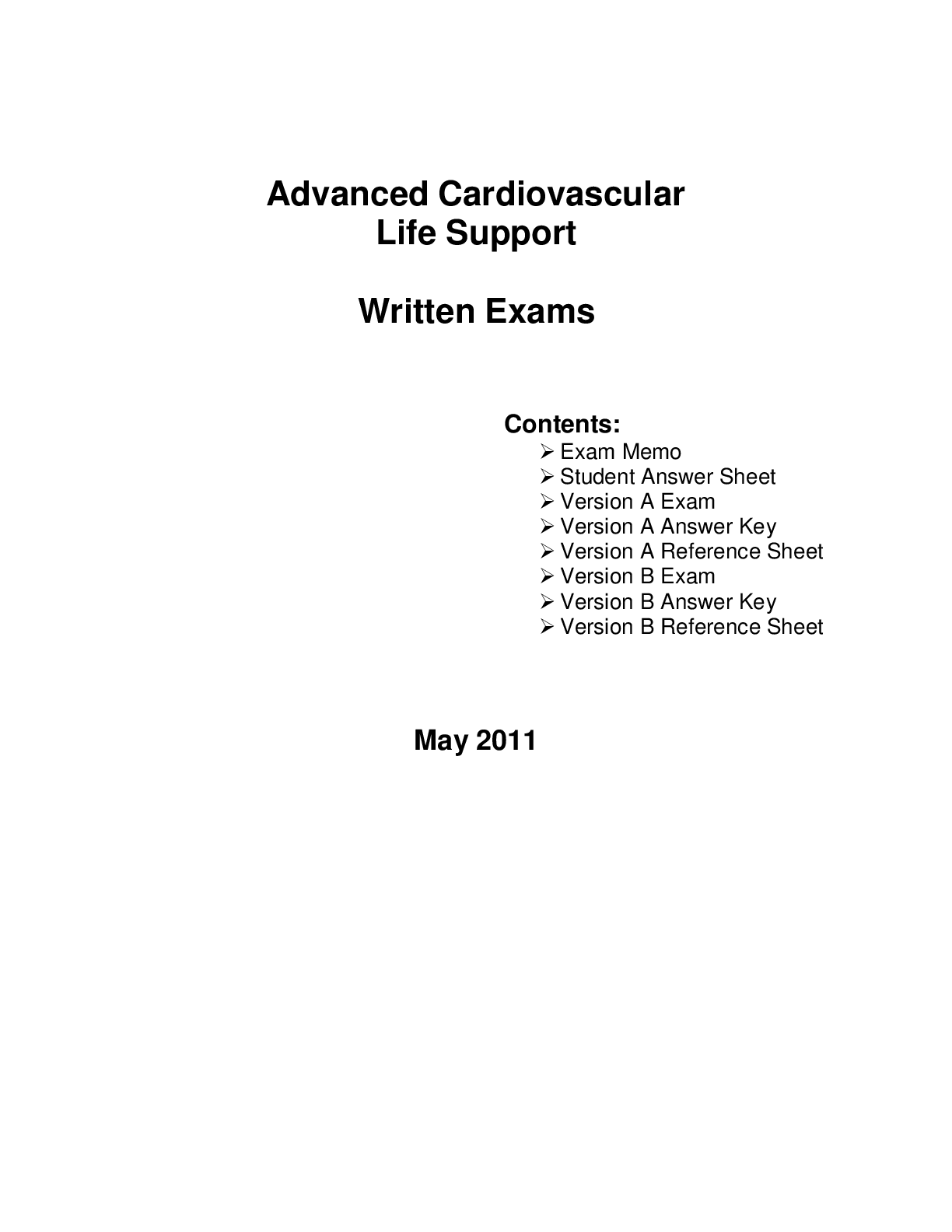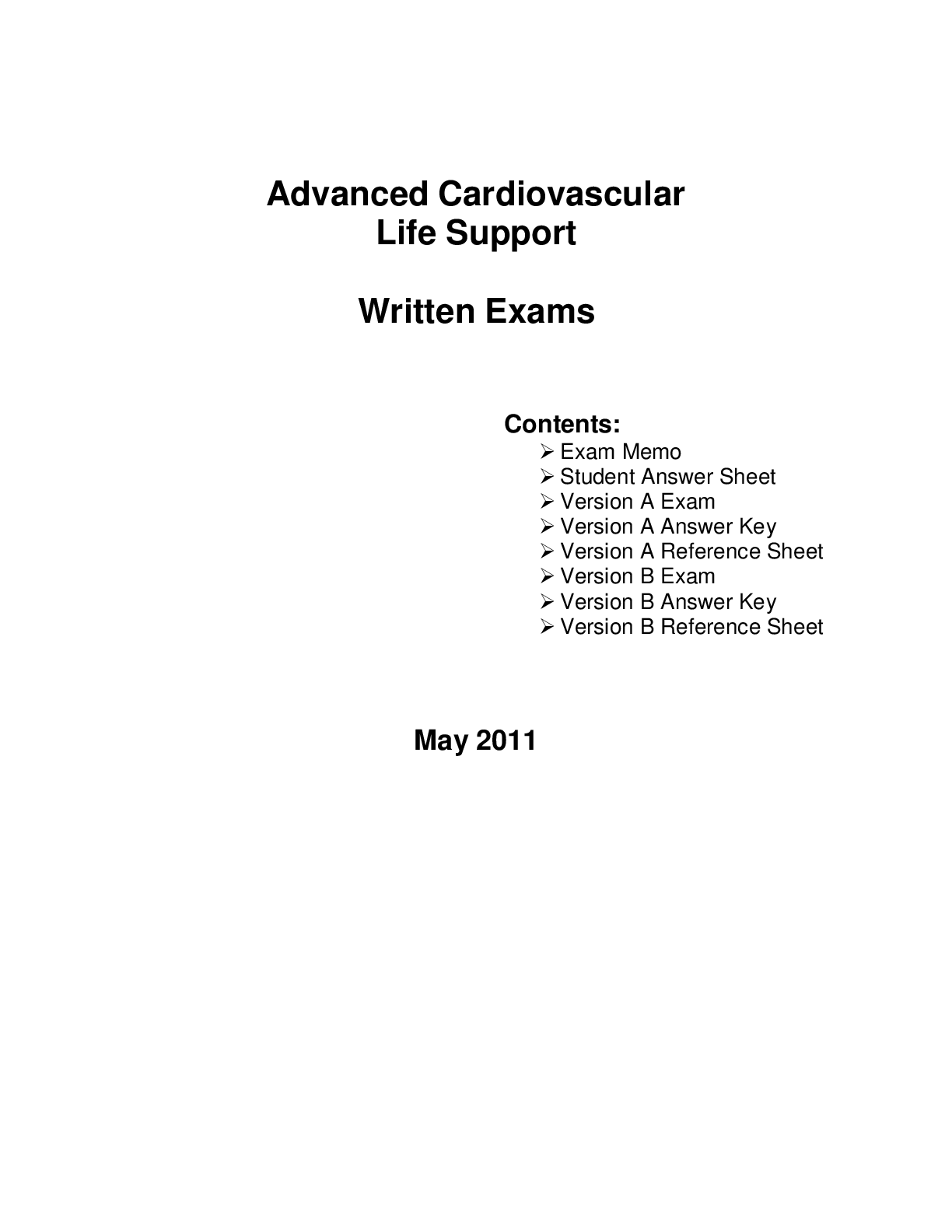acls.pdf : NUR HEALTH ASS
Course
Project Management
Subject
Chemistry
Category
Questions and Answers
Pages
36
Uploaded By
ATIPROS
Preview 5 out of 36 Pages


Download all 36 pages for $ 13.00
Reviews (0)
$13.00
